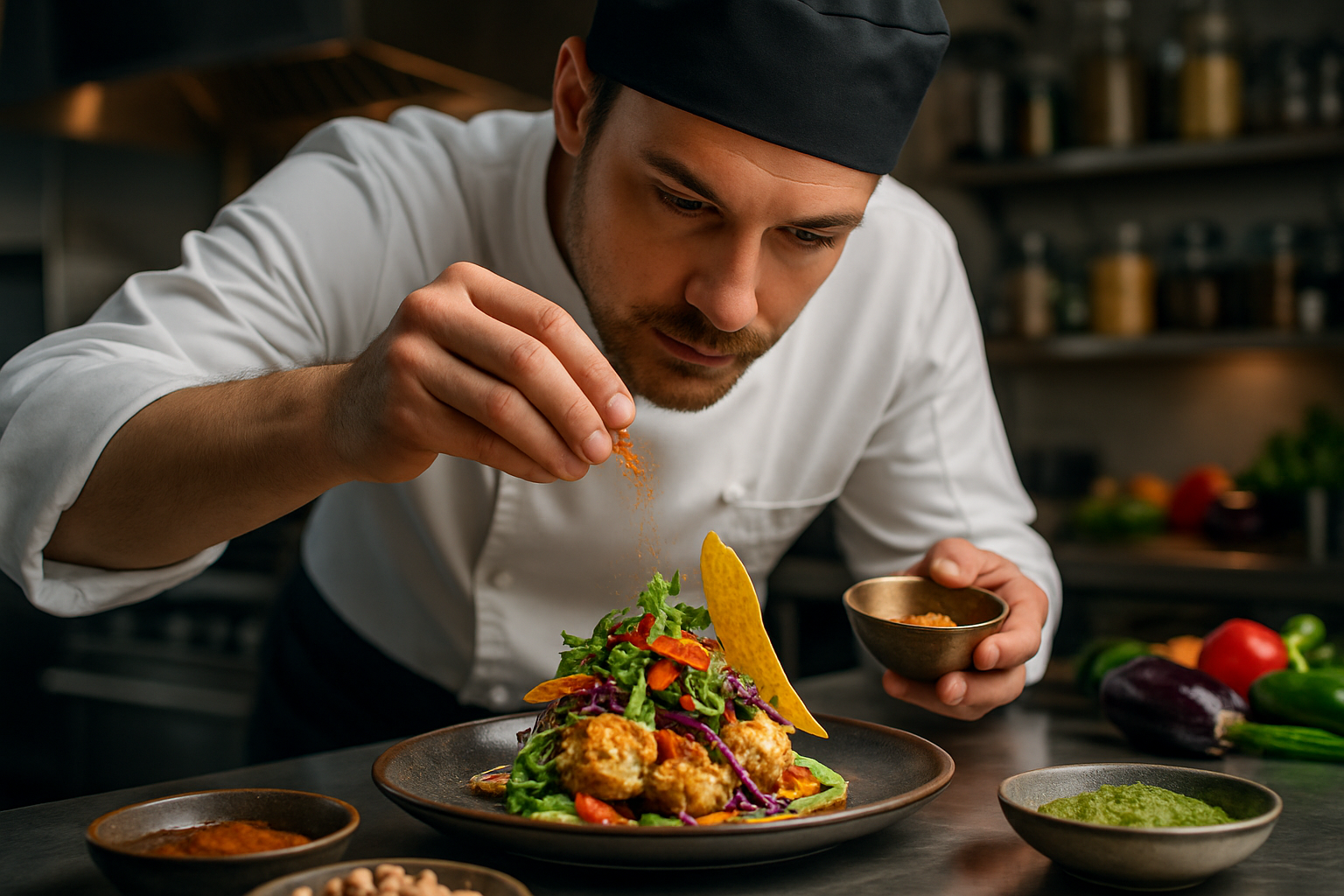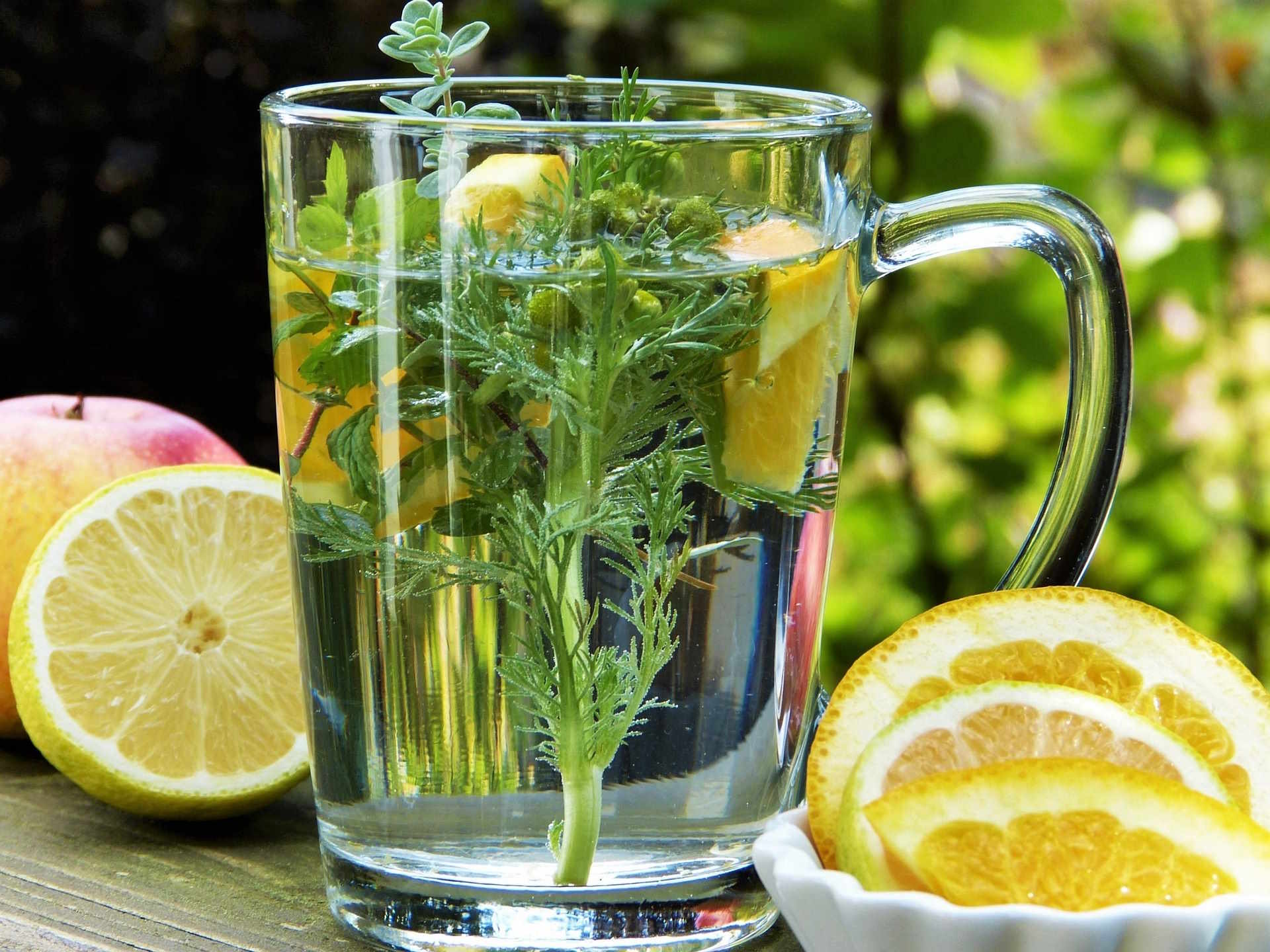Culinary Alchemy: Transforming Ordinary Ingredients into Extraordinary Dishes
Imagine turning humble vegetables into delectable masterpieces or transforming everyday proteins into gourmet delights. Welcome to the world of culinary alchemy, where ordinary ingredients undergo magical transformations, emerging as extraordinary culinary creations. This art of elevating simple components into sophisticated dishes is not just for professional chefs – it's a skill that can revolutionize your home cooking, impress guests, and ignite your passion for culinary exploration.

Unexpected Ingredient Combinations
One of the most exciting aspects of culinary alchemy is the art of unexpected ingredient combinations. By pairing seemingly disparate flavors, we can create dishes that are greater than the sum of their parts. Consider the combination of chocolate and chili, a classic in Mexican cuisine that balances sweetness with heat. Or the pairing of strawberries with balsamic vinegar, which enhances the fruit’s natural sweetness while adding depth and complexity. These unconventional pairings can turn simple ingredients into sophisticated flavor experiences. Experimenting with contrasting textures, such as crispy and creamy, or complementary flavors like sweet and salty, can elevate a dish from mundane to memorable.
Techniques for Texture Transformation
Texture plays a crucial role in our perception of food, and mastering techniques to transform texture can dramatically elevate a dish. Consider the humble carrot - roasted, it becomes sweet and tender; pureed, it turns into a silky soup; dehydrated, it becomes a crispy chip. Each transformation not only changes the texture but also alters the flavor profile. Techniques like spherification, made popular by molecular gastronomy, can turn liquids into caviar-like pearls, adding an element of surprise and luxury to dishes. Even simple techniques like pickling or fermenting can transform vegetables, adding complexity and extending their shelf life.
Presentation: The Final Touch of Alchemy
The visual presentation of a dish is the final step in culinary alchemy, transforming even the simplest ingredients into works of art. Techniques like plate painting with sauces, creating edible garnishes, or using unconventional serving vessels can elevate the dining experience. Color theory plays a crucial role - contrasting colors can make dishes pop, while monochromatic presentations can be elegantly sophisticated. The arrangement of elements on the plate, following principles like the rule of thirds or creating height, can turn a tasty dish into a memorable culinary experience. Remember, we eat with our eyes first, and a beautifully presented dish can enhance the perception of flavors.
Sustainable Alchemy: Transforming Food Waste
In an era of increasing environmental awareness, culinary alchemy extends to transforming food waste into delicious dishes. Parts of ingredients that are typically discarded can be repurposed into flavorful components. Vegetable peels can be turned into crispy chips, fruit pulp can be transformed into jellies or sauces, and stale bread can become delicious croutons or breadcrumbs. This approach not only reduces waste but also challenges our creativity, pushing us to see potential in every part of an ingredient. By adopting this mindset, we not only create exciting new dishes but also contribute to a more sustainable food system.
Culinary Alchemy Tips & Facts
• Heat is a powerful alchemical tool: it can caramelize sugars, denature proteins, and release aromatic compounds.
• Acids like lemon juice or vinegar can “cook” proteins without heat, as in ceviche.
• Umami-rich ingredients like mushrooms, tomatoes, and aged cheeses can add depth to vegetarian dishes.
• Smoking isn’t just for meat - try smoking fruits, vegetables, or even cocktails for a unique flavor twist.
• Fermentation is a form of culinary alchemy that can transform simple ingredients into complex flavors.
• The way food is cut can affect its texture and cooking time, changing the final dish dramatically.
Culinary alchemy is more than just cooking - it’s a mindset that sees potential in every ingredient and possibility in every technique. By understanding the science behind flavor transformations, embracing unexpected combinations, mastering texture manipulations, and perfecting presentation, we can turn everyday meals into extraordinary culinary experiences. This approach not only enhances our enjoyment of food but also promotes sustainability and reduces waste. So, the next time you step into your kitchen, don’t just cook - perform culinary alchemy and watch as ordinary ingredients transform into magical, delicious creations.




